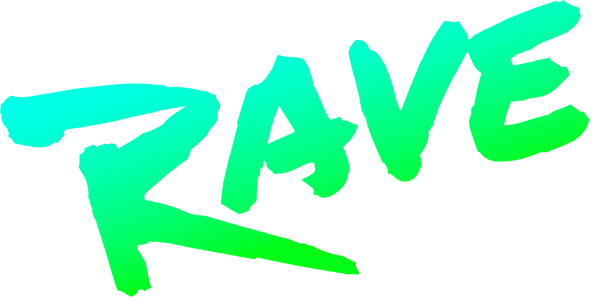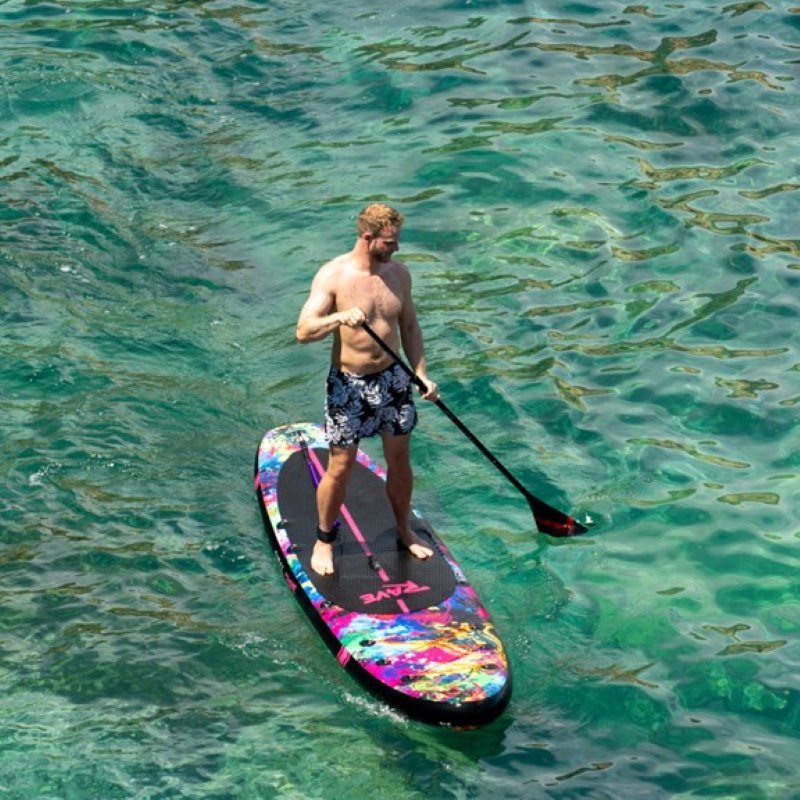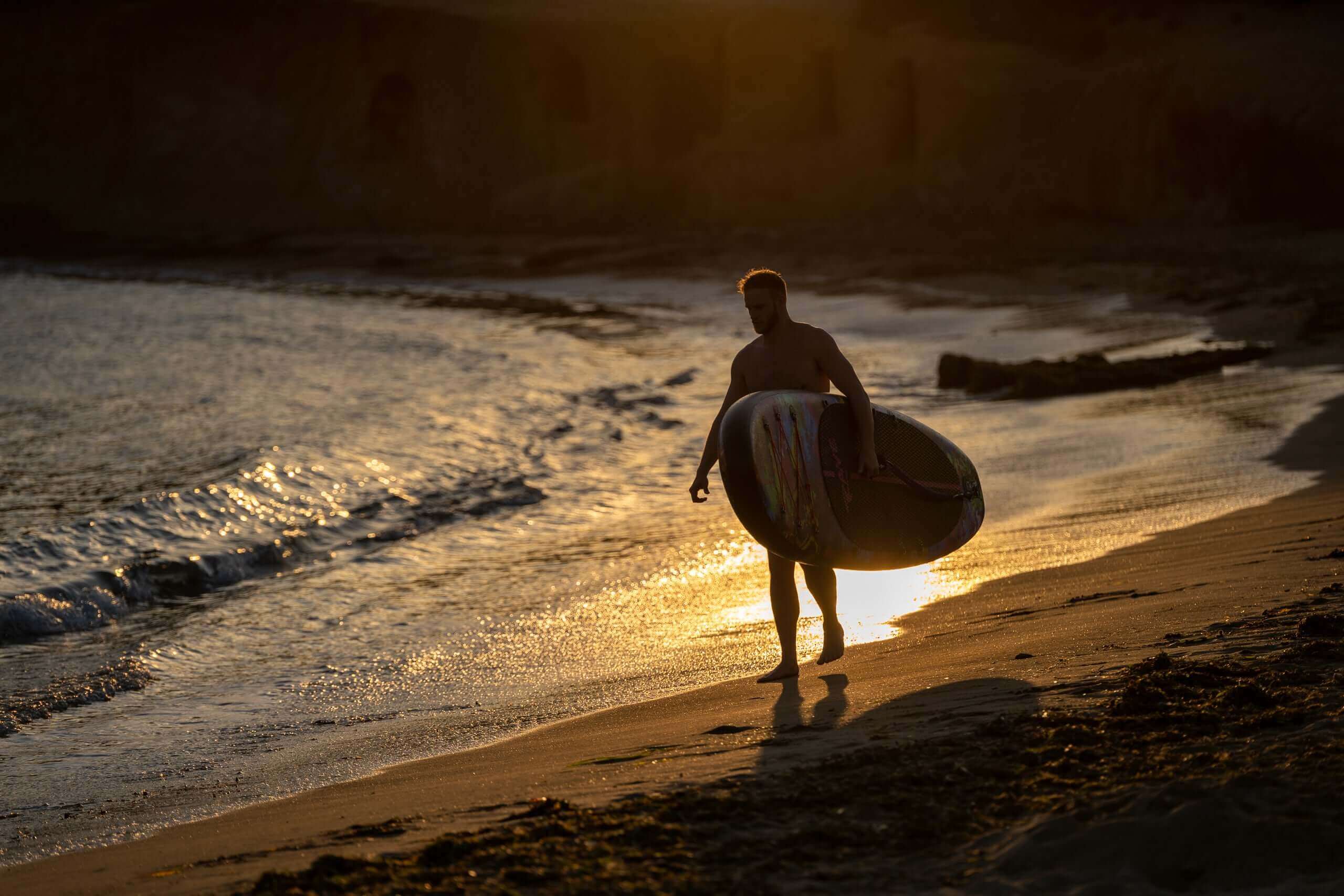So, you’ve bought yourself a paddle board and have all the necessary gear such as a paddle, leash, and PFD. It’s now time to take the next step… literally… and climb onto your board, stand up, and start paddling!
But how do you do this? It’s easier said than done and for beginners I get that it can be daunting. Don’t worry - in this guide, I explain how to stand up on a paddle board and help you take the first steps in your paddle boarding experience.
Preparation is Key!
You’ve probably spent ages looking at paddle boards for sale and eventually bought your gear and before you start clambering onto your board, you must do a little preparation first, including:
- Check your paddle board before placing it in the water.
- Make sure the paddle is adjusted to suit your height.
- Use a leash as a tether.
I always do a pre-water safety check to make sure my paddle board is in working order and suitable to take onto the water. This includes checking the fin, the leash attachment, and if you have an inflatable SUP, the pressure.
Next, make sure the paddle is adjusted to match your height! An ideal height is when you have your arm straight above your head, the handle should reach your wrist. Lastly, using a leash can help prevent your board from floating away if you fall off.
Finding Your Sea Legs - The Standing Up Process
Once you are prepared, it’s time to jump on and start balancing! Below, I have outlined a simple set of instructions for how to stand up on a paddle board that a first-time user can follow.
Start from a kneeling position
When looking at how to stand up on a paddle board it’s great to start from a kneeling position. Indeed, many people prefer to kneel and it is a perfectly fine way to use your paddle board. Obviously, it puts more strain on your knees and legs, but it’s much easier to keep balanced.
Find your footing
When you want to stand up on your paddle board, start by standing next to it in relatively shallow water (around knee-deep). From the side at an angle, hold the board with both hands and slowly climb onto it so you are on your knees in the centre.
With your hands braced on the board at either side for stability, bring one foot forward ready into a standing position. Do the same with the other so you are essentially crouched on the board. Bring your chest upright and then extend your legs into a full standing position - easy!
At first, your movements will be a little mechanical and slow, but over time, you won’t even think about climbing onto the board and standing up!

Maintaining balance
Now that you are standing up, the next step is to keep your balance! This might seem like a momentous task but it’s really easy and is all about your foot placement and posture.
Your feet should be positioned parallel so you are facing towards the front of the board and they should be around hip-width apart. Bend your knees slightly, your back straight, and make sure your upper body is upright.
For balance, your hips should do most of the work so that your arms and upper body can concentrate on paddling.
Pro Tip - Keep your eyes trained on the horizon where possible and not at your feet to maintain balance!
Use your paddle for support
At first, your paddle can be a great stability tool, either by placing it vertically in the water or holding it horizontally in both hands to help maintain your balance.
Take your first paddleboard stroke
I advise just spending some time climbing onto the board, standing up, and keeping your balance before you start paddling.
However, when you do want to move, remember that you must paddle on both sides to go straight! If you only paddle on your right or left, you will go in a beautiful circle!
When paddling on the right, your right hand should be lower with your left hand holding the T at the top of the paddle and reverse this when paddling on the left. The angled part of the paddle face should be pointing away from you.
The paddle motion is relatively simple and you should push the blade all the way into the water, pull it backwards roughly equal to your legs, and then pull it out of the water. Do around 4-5 strokes on one side, then 4-5 on the other to travel straight.
How to fall off properly
Regardless of how amazing your balance is, you’re going to fall in at some point and there’s no shame in that! You have to fall off properly though and the most important pointer is to fall off to the side - never the front or back as you risk whacking your body on the board.
You should keep your paddle in front of you too and try to hold onto it as you fall otherwise it could be carried away by the water current.
Get Off Your Knees and Make The Board Your Pedestal!
Standing up on a paddle board for the first time can seem incredibly nerve-wracking but it doesn’t have to be. Just take things steady, go at your own pace, and use the tips I listed above and you will be the master of your board in no time!




